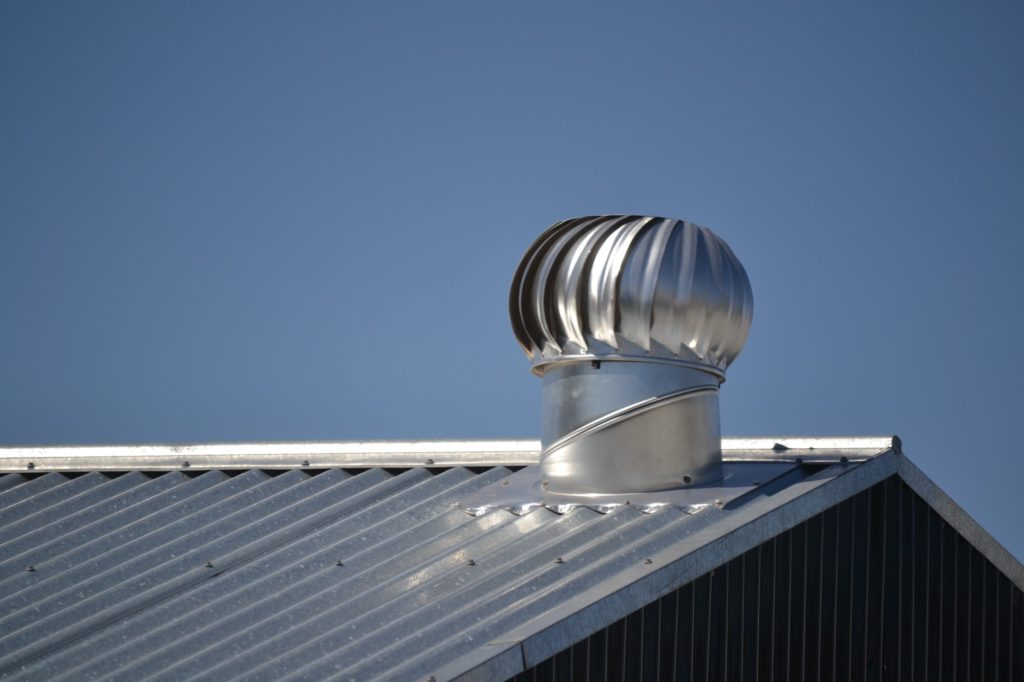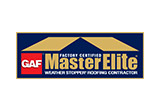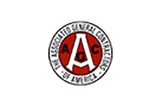
Did you know that when it comes to ventilation, getting the right amount of air going in and out needs to be carefully calculated? All of this is based on the space of the property, climate, and structure. But what happens when you don’t get it right?
Myriad issues such as moisture build-up and mold can occur, so you need to get the correct advice. Read on as we give our essential guide on the roof vents available for your home.
Two Types of Roof Vents
When it comes to vents, there are two ways in which they operate. This is with an exhaust system or an intake method. Usually, they work in conjunction to bring fresh air in and get old air out.
Exhaust systems are the ones that work on letting the air out. They will take any hot, humid, and moisture-filled air in the home and push it outside. As they work on the principle that hot air rises, they are usually placed toward the top of a roof line.
Intake methods work on the opposite principle and instead of dispelling air, they bring fresh air in from the outside. They reside lower down on the roof so that when they suck air in, it sits underneath the hot air. This helps push the warmer currents out and circulates the atmosphere in the room.
What Happens if Your Roof Does Not Vent Properly?
If you have roof vent problems, several indicators will appear in the home. As air is not circulating, it can become stagnant and hold in moisture. This is one of the prime conditions required for the growth of mold and mildew, which can adversely impact your health.
All this makes your HVAC system work overtime. Energy bills will increase as a result, costing more money. As the system is working harder, it is more prone to parts breaking down and repairing, adding to the cost further.
Finally, you may experience ice damming in the winter months. This is when snow and sleet land on the roof and are melted by the hot air trapped inside. As they run off as water, they cool at the bottom of the roof forming huge swathes of ice.
Water then backs up, which can rot the roof and come back into the home. This poses a whole other range of problems including damage to property.
Types of Vent
There is a wide range of vents available for housing and property, and they all work slightly differently. Many have their own roof vent pros and cons that should be considered. Below are the most used vents.
Ridge Vents
Ridge vents are the most common exhaust vents. They reside at the top of the roofline, spanning its length. This large surface area in an elevated position makes them ideal for dispelling hot air.
They work best in conjunction with intake vents positioned below them. As the cool air comes in warm air rises and escapes through the ridge vents. Wind on the roof then blows it away and cool air cycles back in below.
Box Vents
Box vents are also known as low-profile vents or louvers. They work on the same principles as most gravity vents, dispelling air from high in the roof while other vents take in cool air below. However, instead of working across the whole crest of the roof, they get installed in small groups along the top.
Their installation can be a little more complex. Holes have to be made in the roof sheathing itself so that they fit. Mainly, more complex rooflines and open attics would use them.
Hard Wired Powered Vents
Powered vents work differently from other systems, which use the natural flow of air to operate. When you get a powered vent, it uses electricity to power a fan that takes the hot air out of the home. Of course, this comes at a cost as it adds to your electricity bills.
Control is often one of the major advantages. They may come at different speeds and can be connected to thermostats, allowing you to control temperature, efficiency, and humidity.
Solar Attic Fans
Solar attic fans sit just below the roof line, in a similar position to box vents. They operate in the same ways as a hard-wired attic vent, but instead of using the home’s own electricity, they take their power from solar.
While they do offer benefits by conserving power and costs, like hard-wired options, trying to predict the right size vent is a downside. It can be hard to know the type of power levels you need.
Gable Vents
Gable vents skirt the line between architectural features and ventilation. They are named as they most commonly get used in gable roofs. Many colder climates can also benefit from them.
These vents are placed at opposite ends of a roof, on the side of the building. Working as both an intake and exhaust, they also operate best when used with soffits. Cool air enters one side of the home and the warm air is pushed out on the other.
Turbines
Turbines draw their power from the wind. The wind turns the turbine itself, which then draws in cool air and expels heat. This use of the wind also helps to turn away moisture and rain.
These units are quite large and aesthetically unique, so are usually kept for commercial properties. Another of their downsides is that they can also end up pulling air from your AC unit. Checking and maintaining them is essential, as when they grow old and rust they will stop spinning.
Getting Assistance With Your Roof
Roof vents need to be chosen carefully and with expertise. The wrong ventilation can damage your property and reduce its efficiency. Make sure you enlist the advice of an expert before making any decisions.
Innovate Roofing should be your first stop. From commercial to residential solutions, we can help safeguard one of the most important parts of your home. Visit us here to see all our services and book a free quote today.
















